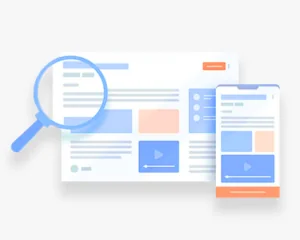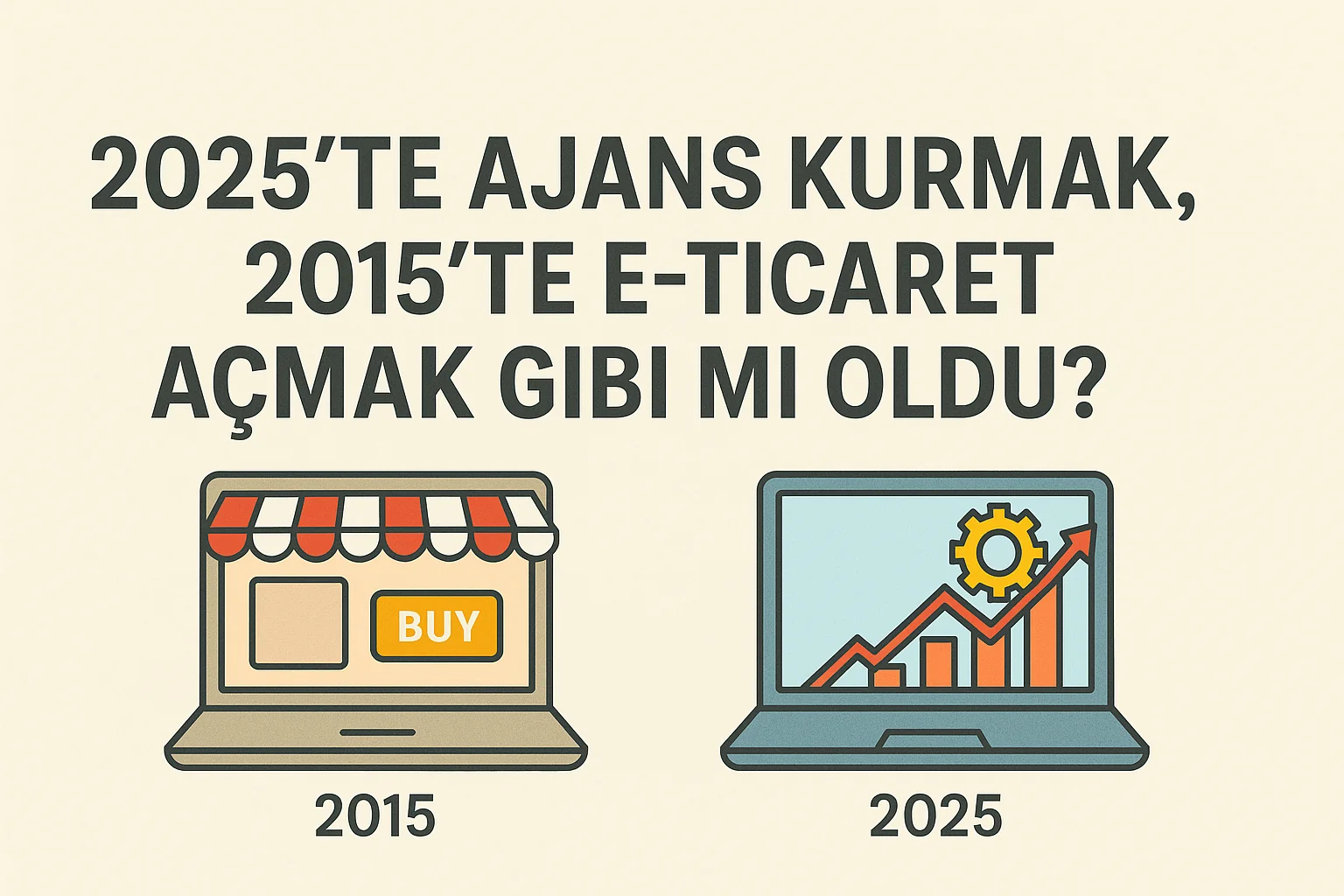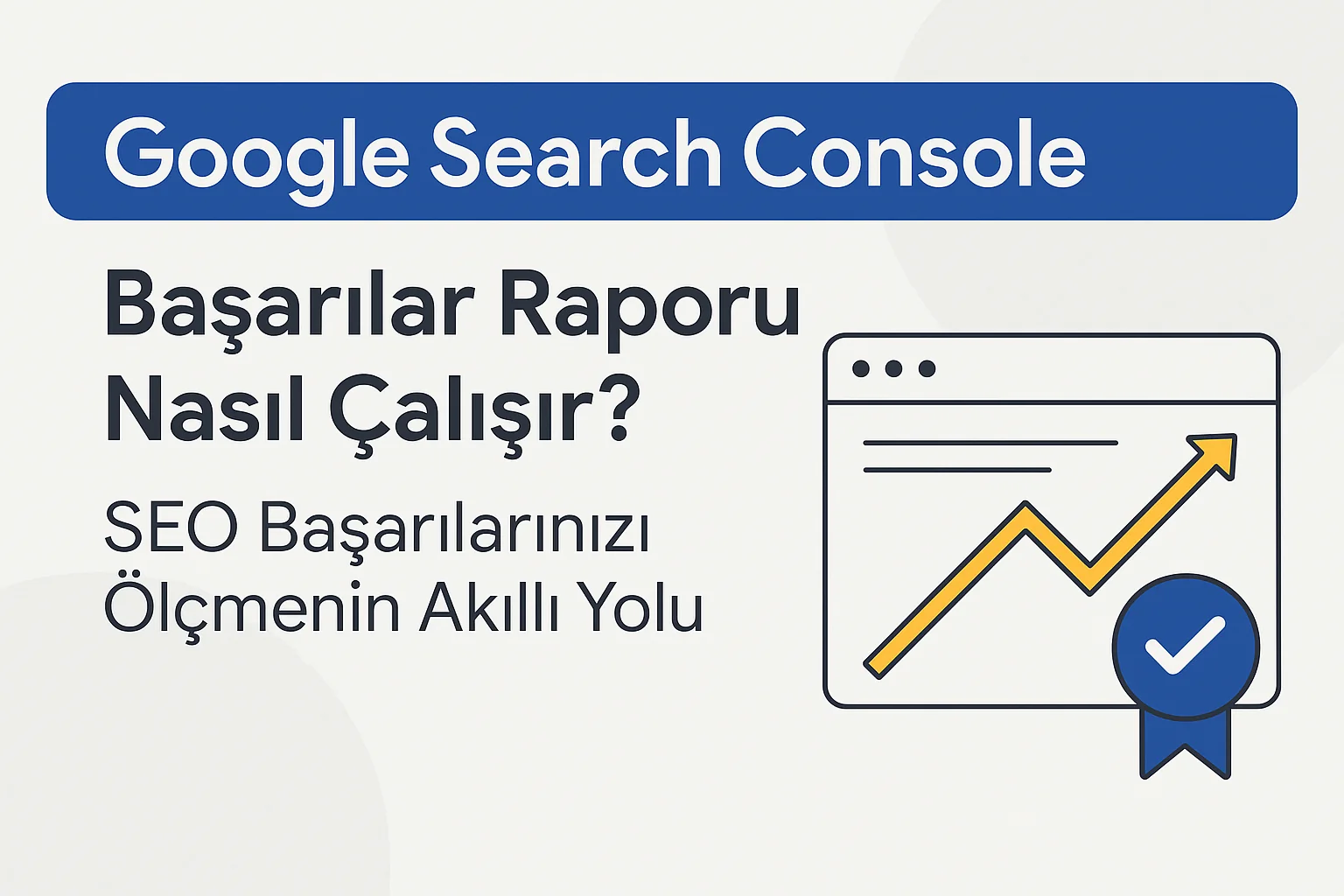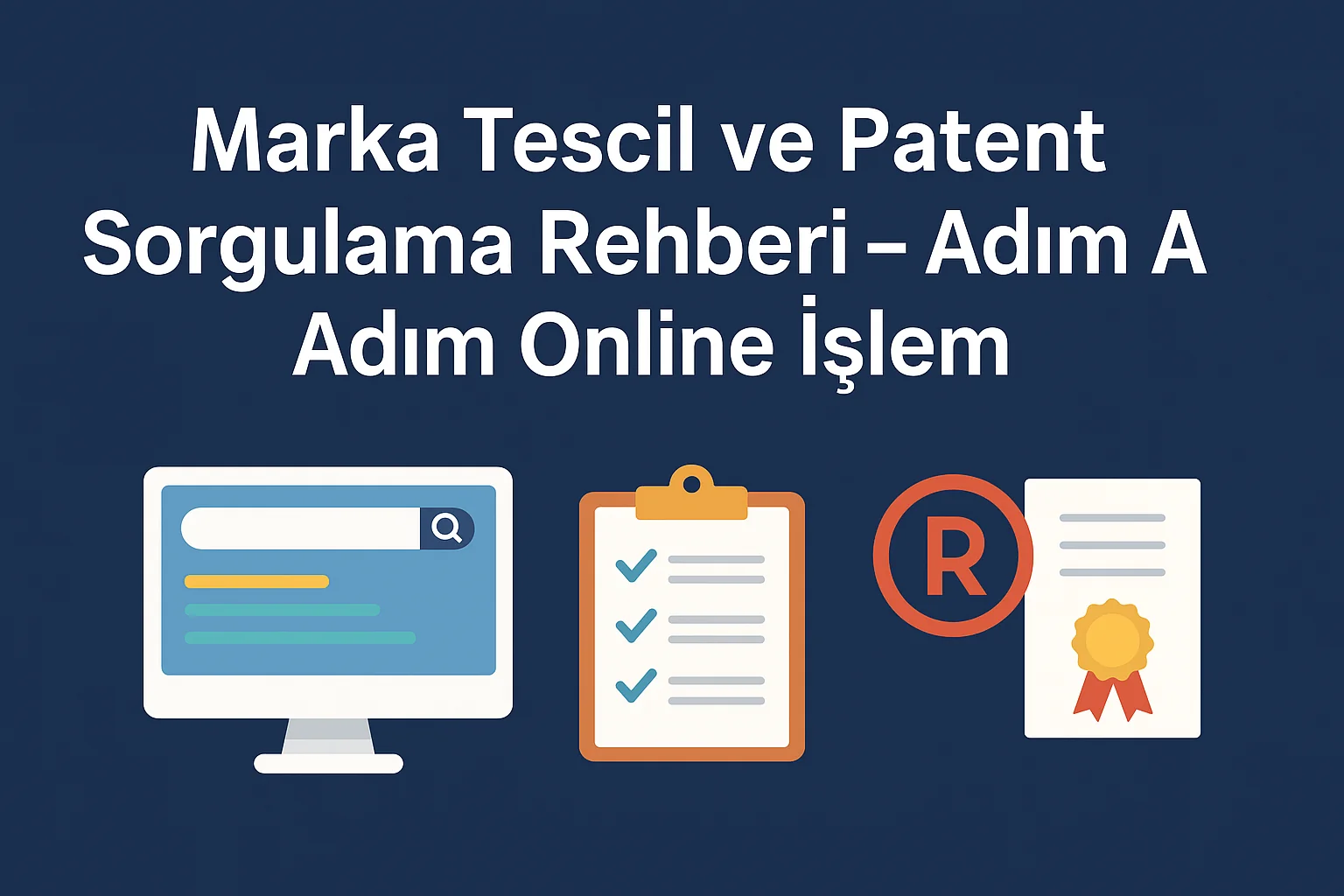Technical SEO is the process of optimizing the technical infrastructure of a website to make it easier for search engines to crawl and index it. This is an important step to improve your site's performance, accessibility and overall SEO success.
Site Speed Optimization
1.Importance of Page Load Speed
Page load speed has a huge impact on user experience and SEO rankings. Slow loading pages can cause users to abandon the site and negatively impact search engine rankings.
2. Methods that can be used to speed up
- Image Optimization: Reducing image sizes and using the right format.
- Browser Caching: It makes the page load faster on repeat visits by users.
- Code Compression: Reduce file size by compressing HTML, CSS and JavaScript files.
Mobile Compatibility
Mobile-friendliness is a critical part of technical SEO. Since Google switched to mobile-first indexing, mobile-friendly sites have been ranking better.
1. Responsive Design
Responsive design allows a website to work seamlessly across different devices and screen sizes. This provides an optimized experience for mobile users.
2. Mobile Compatibility Test
Google's Mobile-Friendly Test tool can help you assess how well your site performs on mobile devices.
HTTPS and Security
1. Impact of HTTPS on SEO
HTTPS indicates that a site is secure and ensures that user data is protected. Google prioritizes sites that use HTTPS, which can affect SEO rankings.
2. SSL Certificate Installation
By installing an SSL certificate, you can move your site to HTTPS and protect users' data. This not only improves security but also helps you achieve better rankings in search engines.
XML Sitemap and Robots.txt File
1. Importance of XML Sitemap
An XML sitemap provides search engines with a list of all the pages on your site. This helps search engines crawl and index your site more effectively.
2. Robots.txt File
The robots.txt file tells search engines which pages to crawl and which not to crawl. This file is a way to control search engines to crawl your site effectively.
Indexing and Scanning Issues
1. Using Google Search Console
Google Search Console is a powerful tool you can use to monitor the crawling and indexing status of your site. Here you can see how search engines see your site and if there are any errors.
2. Correction of Scan Errors
Crawl errors mean that search engines cannot access certain pages of your site. Fixing these errors can improve your site's crawlability and indexing.
Structured Data and Schema Markup
1. Contribution of Structured Data to SEO
Structured data gives search engines more information about the content of your site. This can help you get rich results (rich snippets) in search results.
2. Using Schema Markup
Schema.org markups allow you to mark up your content in a structured way. These markups allow search engines to better understand your site.
Broken Links and Redirects
1.The Impact of Broken Links on SEO
Broken links can negatively impact the user experience and lower your search engine rankings. These links should be checked and fixed regularly.
2. 301 Redirects
301 redirects are used for pages that have been permanently moved and redirect traffic from the old URL to the new one. This informs search engines that the page has been permanently moved.
Page Experience and Core Web Vitals
1.What is Core Web Vitals?
Core Web Vitals are Google's key metrics for page experience. These metrics include factors such as page load speed, interactivity and visual stability.
2. Improving the Page Experience
- Largest Contentful Paint (LCP): Measures how long it takes for the main content of the page to load.
- First Input Delay (FID): It measures how quickly the page responds to user interactions.
- Cumulative Layout Shift (CLS): Evaluates unexpected visual shifts of the page.
Canonical URLs
1. What is a Canonical URL?
Canonical URLs let search engines know which version of a particular page is preferred. This avoids duplicate content issues that can arise if the same content is found in multiple URLs.
2. Use of Canonical URLs
Using canonical tags correctly, especially between pages with similar or identical content, is of great SEO importance.






